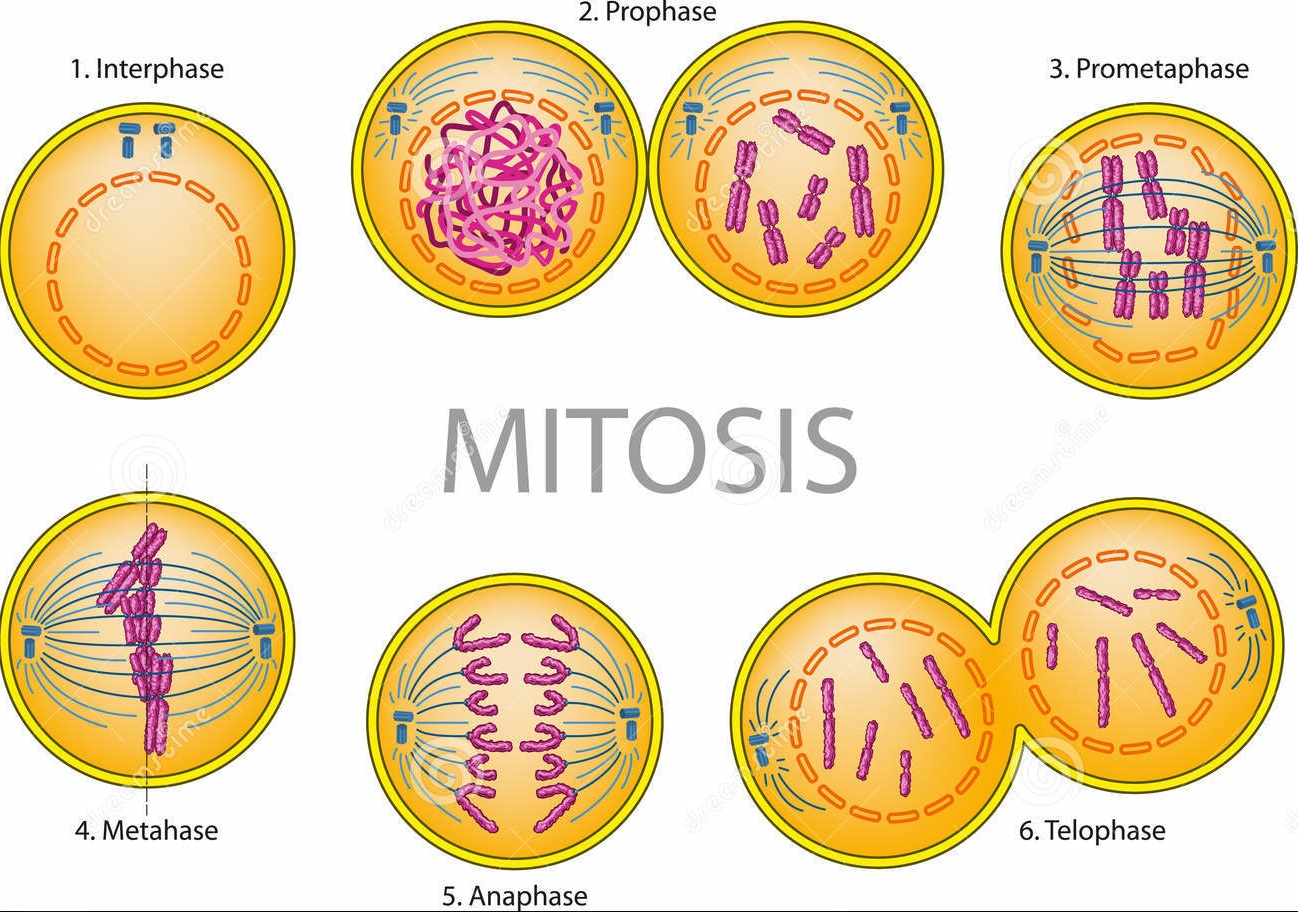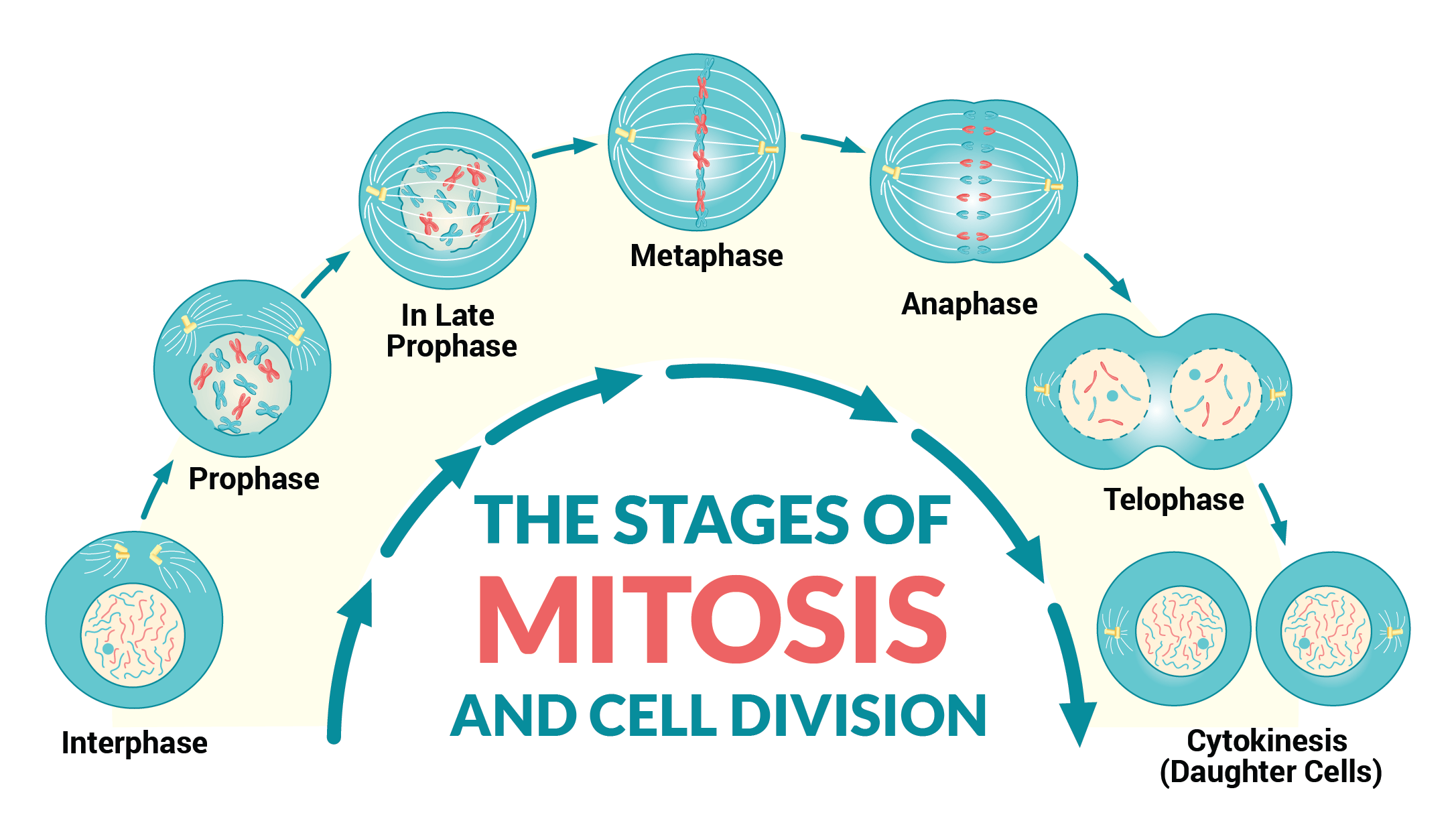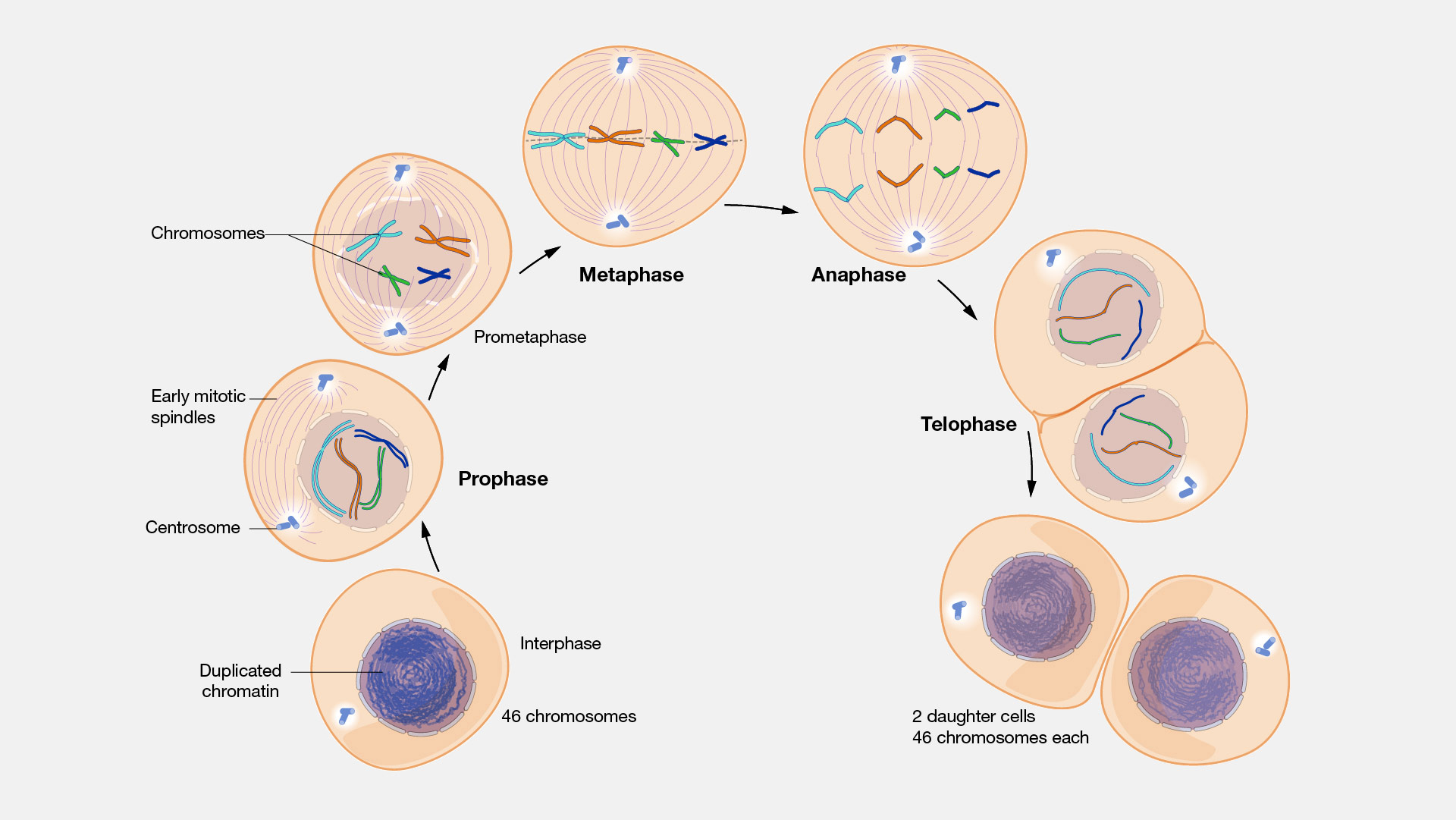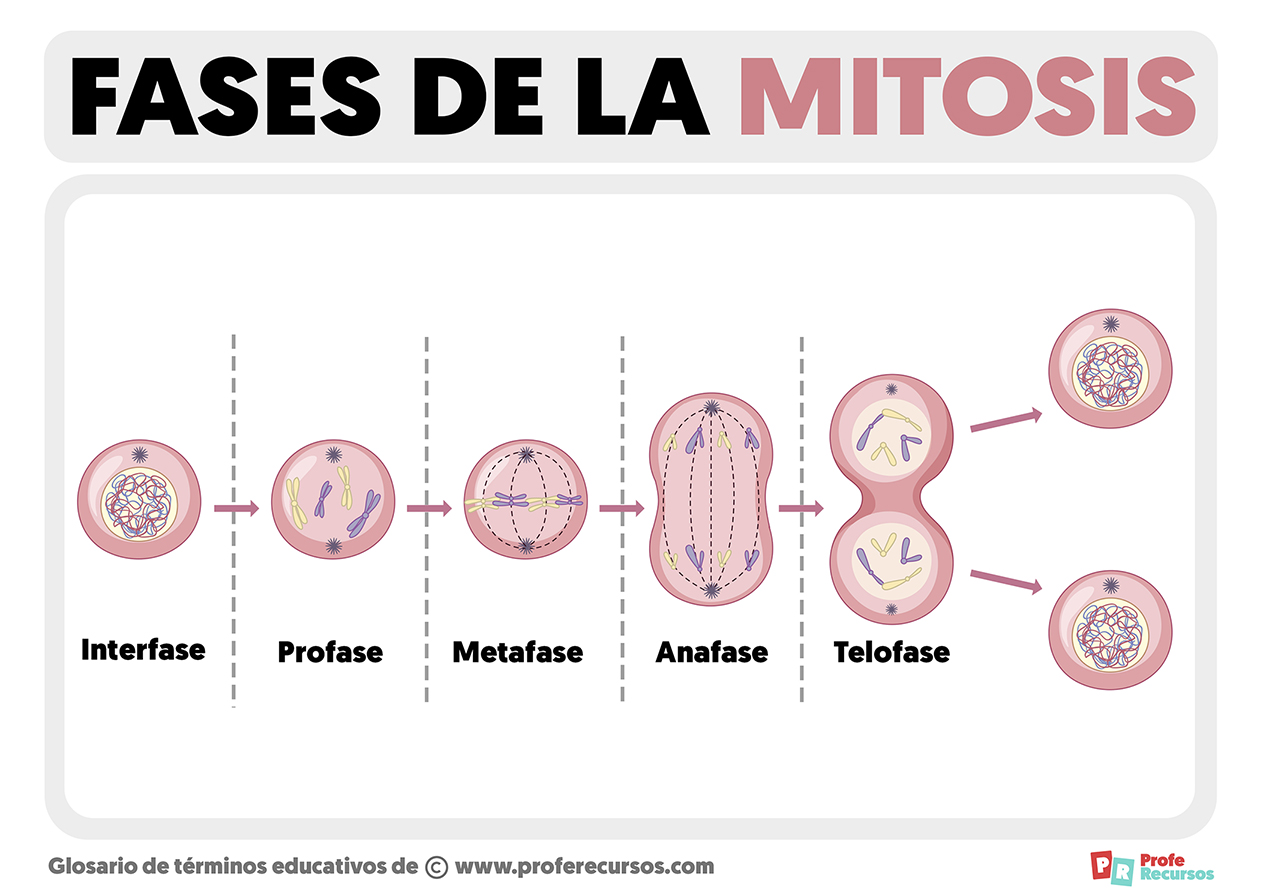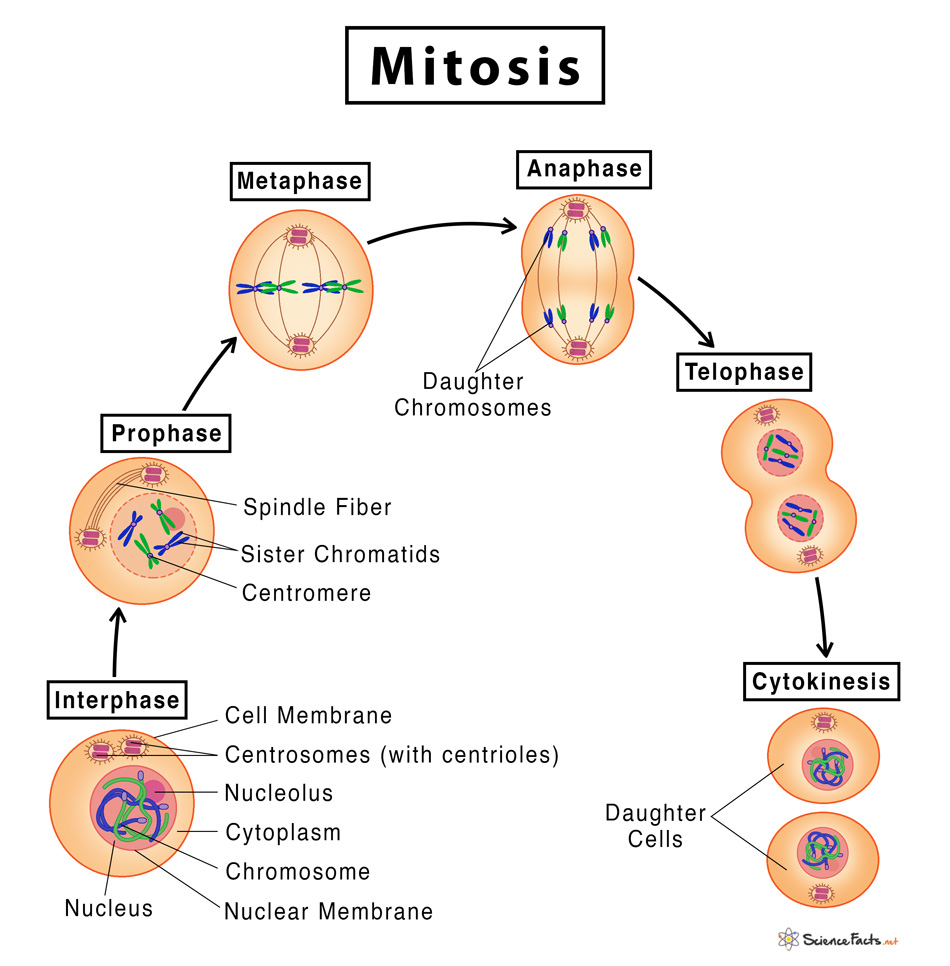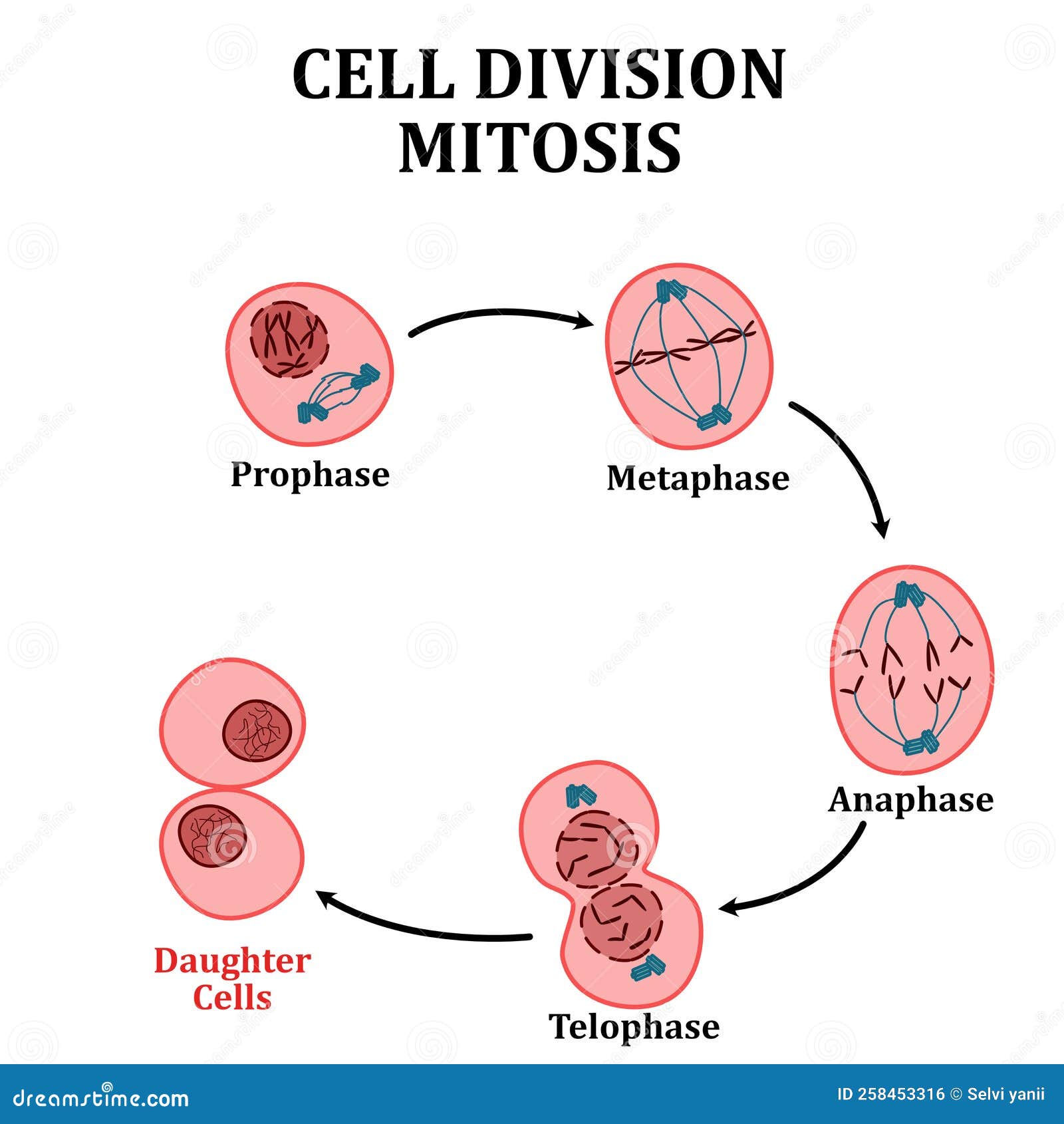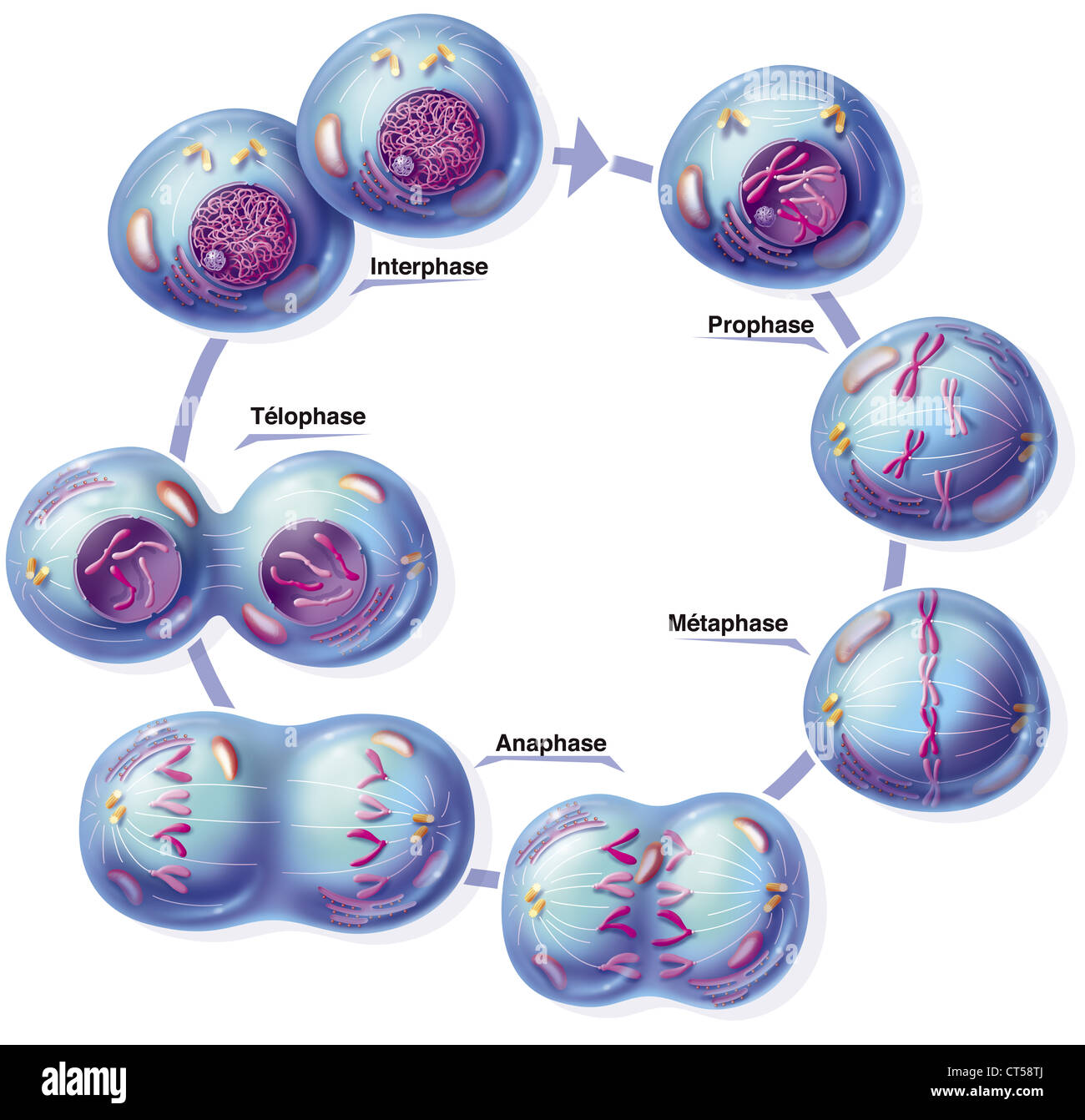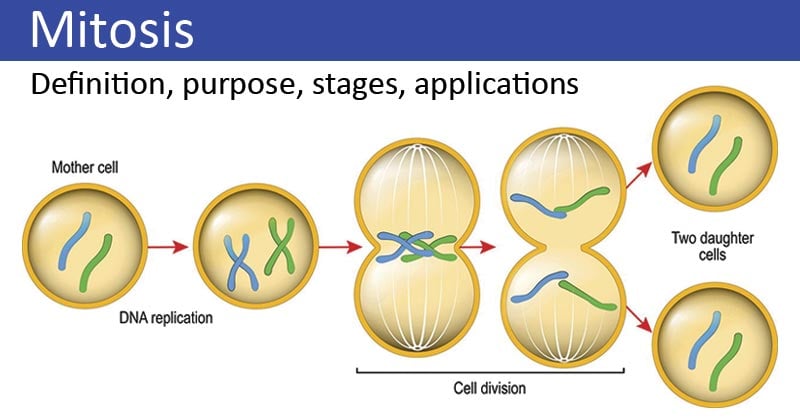In mitosis, two cells called daughter cells are produced, each identical to the parent cell. Learn its meaning, functions, & importance with examples & labeled picture · the process of mitosis and its phases explained with steps in order. · mitosis is a cellular process in which a single eukaryotic cell divides to produce two genetically identical daughter cells, each maintaining the same number · mitosis is a process of cell duplication, in which one cell divides into two genetically identical daughter cells. · mitosis is a fundamental biological process through which a single parent cell divides into two genetically identical daughter cells. [6] an error in mitosis can result in the production of three or more daughter cells instead of the normal two. In the various stages of mitosis, the cell’s chromosomes are copied and … · mitosis is a fundamental process of life, one that is crucial to the growth, development, and repair of all living organisms. It’s critical for growth, repair, and asexual reproduction. · mitosis is the process of cell division in which one cell gives rise to two genetically identical daughter cells, resulting in cell duplication and reproduction. Mitosis is the phase of the cell cycle where the nucleus of a cell is divided into two nuclei with an equal amount of genetic material in both the daughter nuclei. It’s the process by which a single cell divides to … · mitosis is a process of cell division that results in two genetically identical daughter cells from a single parent cell. It enables organisms to grow from a single cell into … The different phases of mitosis can be visualized in real time, using live cell imaging.
Mitosis Vs. Meiosis: The Ultimate Quiz & Video Guide
In mitosis, two cells called daughter cells are produced, each identical to the parent cell. Learn its meaning, functions, & importance with examples & labeled...
